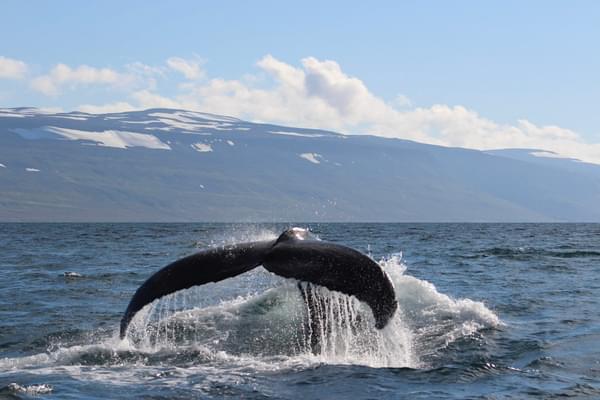A humpback whale known as Pi has returned to the Isles of Scilly, continuing a pattern of winter visits recorded over several years, including 2023 and 2024, according to the Isles of Scilly Wildlife Trust. The charity says the islands sit on a migration route, making Scilly a privileged place to witness these ocean travellers passing by.
Pi is recognised by a distinctive marking on its dorsal fin - an example of how individual whales can often be identified using naturally occurring patterns and shapes (much like a fingerprint). The Trust notes that while Pi is clearly the same whale, its sex remains unknown without closer scientific confirmation.
For local communities, repeat visitors like Pi can be a real winter highlight and a reminder that UK waters are far more alive than many people realise. It also fits a wider trend: conservation organisations have reported that humpback whale sightings around the UK have become increasingly common in recent years.
Why are humpbacks being seen more often in UK waters?
There isn’t a single neat explanation, but a few factors are consistently suggested:
Population recovery and range expansion: humpbacks have rebounded in the North Atlantic following the end of large-scale commercial whaling, and growing numbers can mean more animals exploring or using different feeding and travel routes.
Shifting prey distribution: changes in sea temperature and ocean conditions can affect where key prey species gather - and whales tend to follow the food. Some observers link increased sightings to a northward shift in prey in warming waters (while noting that causes can be complex and overlapping).
More eyes on the sea: better reporting, social media, and thriving citizen science networks mean fewer sightings are missed or left unrecorded.
A quick reminder on responsible whale watching
More whales close to shore is wonderful - but it can also mean more disturbance risk from boats, paddleboards and drones. The UK Government’s Marine and Coastal Wildlife Code advises people to stay at least 100m away, keep speeds down, avoid crowding, and back off if animals show signs of disturbance. ORCA’s own guidance mirrors this best practice: give whales space, don’t approach head-on, and keep interactions calm and brief.
Bottom line: enjoy Pi (and any other humpbacks you’re lucky enough to spot) from a respectful distance - and let the whale decide the encounter, not us.

The only way we can protect whales and dolphins is by understanding their distribution, and so monitoring is vital for effective conservation. Donate today to help ORCA continue to identify and study important whale hotspots around the world by visiting www.orca.org.uk/donate

